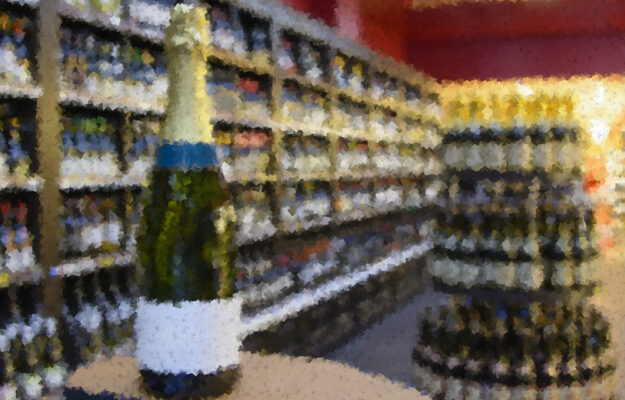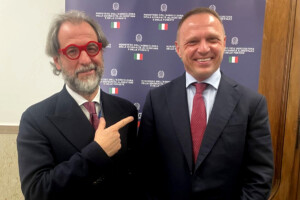A 2024 played forcibly on the defensive, amidst a thousand difficulties, but it has not been a failure, at least until November, hoping in an always determining last-gasp effort for the celebrations of the end of the year, that, barely, could lead all the indicators in positive, but could help to limit even more the damages linked to consumption drop, health obsession, inflation, and so on: this is the possible interpretation of Circana data about the first 11 months of wine in the Italian large-scale distribution (Hyper and Supermarkets, Small Free Service, and Discount Stores), analyzed by WineNews. Overall, there has been a drop in volumes for the category, but, all in all, contained in a -1.7% for over 565.7 million liters, counterbalanced by a hold in the value at 2.05 billion euros, with a growth of +1.8%, for an average price per liter increased by 3.6%. In this general framework, the drop for still wines is confirmed (mainly red wines), that, however, still represent the great majority in consumption, and the growth of sparkling wines, as it has happened for years.
Bottled wine, which is worth more than half of volumes, and more than 75% of sold values, as a matter of fact, overall, held in volume (-0.2% at 298.9 million liters), and grew by 2.4% in value at 1.57 billion euros. But it’s a growth entirely attributable to sparkling wines, which made +3.8% in volume (over 81 million liters) for 548.5 million euros (+3.5%). Of these, 37.5 million liters (+4%) are of Prosecco, which moved a turnover of 284.5 million euros (+2.8%), but also Metodo Classico grows, which in the Italian large-scale retail made 3.9 million liters (+2.1%) turn for 78.2 million euros (+5.3%).
But, between the lines, it seems to read a consumer trend preferring lower price wines compared to the past, provided that volumes are dropping in Hyper and Supermarkets, and Small Free Service (-3.2%, for 385.3 million liters for wine as a whole, and -1.2% for 0.75 liter format wine at -1.2%, for 217.4 million liters), whilst they are growing in Discount Stores channel (+1.5% at 180.3 million liters for wine as a whole, and +2.6% for 0.75 liter bottled wine at 80 million liters). And, also for sparkling wines, the growth in volume is the most marked in Discount Stores (+6.6% at 19.5 million liters with Prosecco marking a +12.7% at 6.8 million liters, and Metodo Classico -14.2% for barely 86,404 liters), which in Hyper, Supermarkets, and Small Free Service (with sparkling wines that overall mark +3% at 61.5 million liters, of which almost the half of Prosecco at 30.6 million liters, +2.2%, e 3.8 million liters of Metodo Classico, +2.6%).
And, if this is the state of the art in the first 11 months of 2024, it is difficult to imagine revolutions of the scenario of the celebrations of the end of the year, as Virgilio Romano, Business Insight Director Circana, explains to WineNews. “Sparkling wines will be back to positive ground, after two years of drop, the change of course glimpsed in 2023 has been consolidated in 2024. Overall, wine will make less bad of what it did in 2023 compared to 2022, but it remains negative for the third consecutive year. An ongoing that doesn’t amaze us – comments Romano – and that appears a new normality, between consumption drop, habitual customers who get older, minor purchasing power. All elements by which a large consumption product such as wine is affected. The ongoing of December, which, in 2023, was not an exceptional year, can improve the things of some decimals, but can’t revolutionize the situation, also because consumption, including that of sparkling wines, at this point is always more seasonally adjusted. In any case, the major difficulties regard, evidently, still wines, which are still the bulk of the consumption, with red wines suffering more than white wines, and which paid duties to the growth of sparkling wines, overall, and a little bit to consumption drop. And, looking to overall values, in light growth, it is worth underlining that this is linked only to the increase in shelf prices. That has increased significantly, by +15-20% in the last 3-4 years. An increase to which a consumption drop followed, in quantity, but, in a less than proportional way. And, this is an important aspect”.
Copyright © 2000/2025
Contatti: info@winenews.it
Seguici anche su Twitter: @WineNewsIt
Seguici anche su Facebook: @winenewsit
Questo articolo è tratto dall'archivio di WineNews - Tutti i diritti riservati - Copyright © 2000/2025









































































































































































































